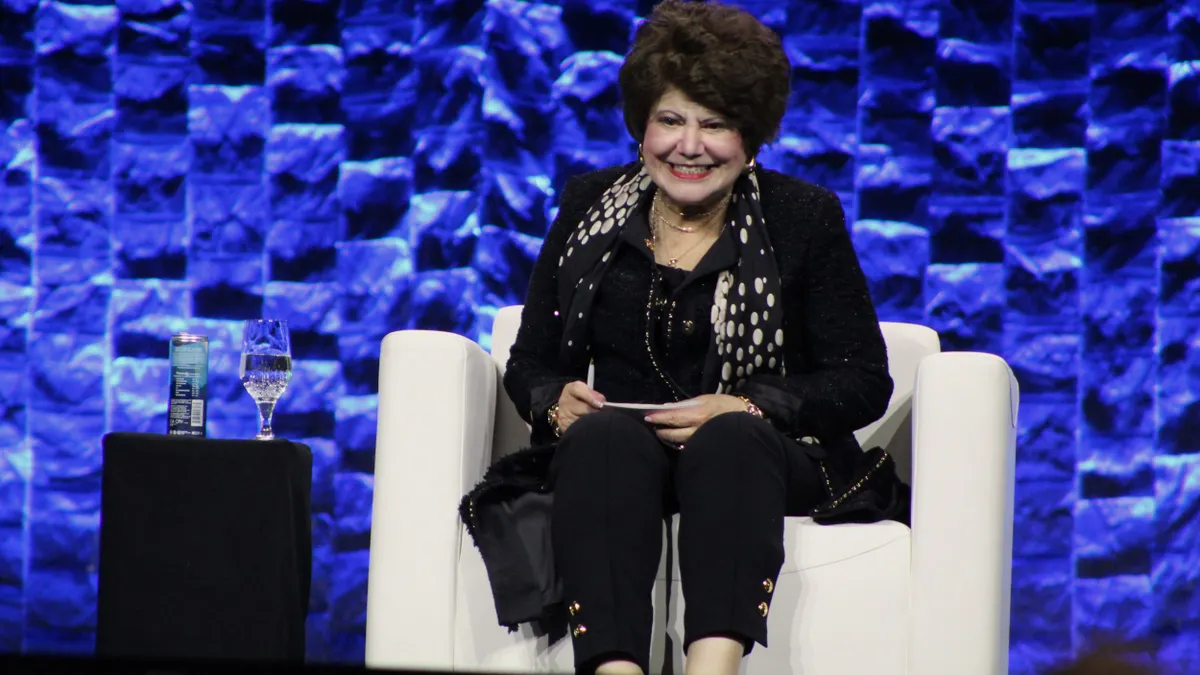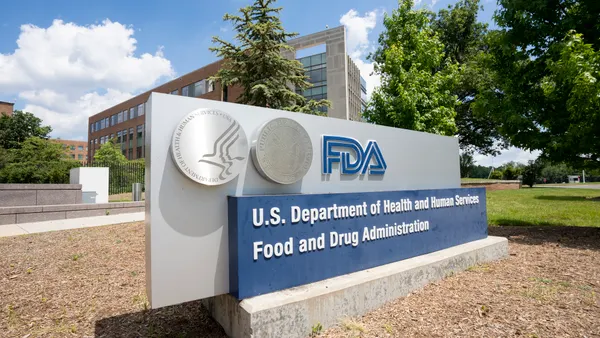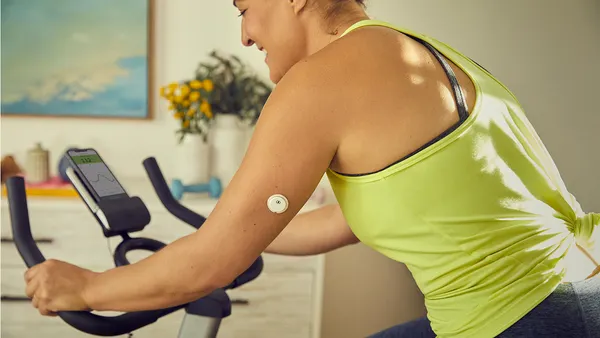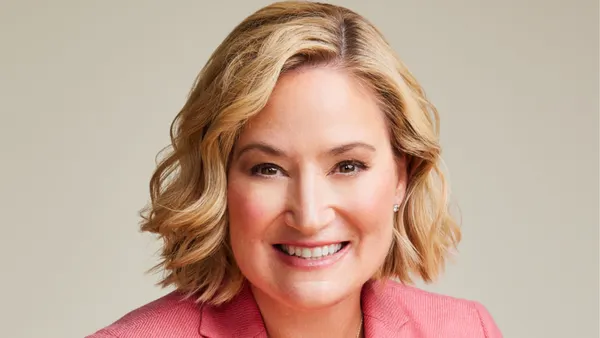SAN DIEGO — At AdvaMed’s annual conference, top medical device regulators typically have a significant presence. Food and Drug Administration officials speak on panels and chat with industry representatives, culminating in an ending keynote where leaders from the Center for Devices and Radiological Health take audience questions.
This year, there were plenty of questions to ask, as the medtech industry prepares for a new round of user fee negotiations, looks to understand the impact of FDA staff cuts, grapples with the possibility of increased tariffs and tries to pin down the Trump administration’s policy priorities.
Amid the backdrop of a U.S. government shutdown that has extended for more than a week, the FDA had a much smaller presence at the event. Top CDRH leaders, including director Michelle Tarver, tuned in virtually for Wednesday’s town hall, but no audience questions were taken. Janet Trunzo, AdvaMed’s senior executive vice president of technology and regulatory affairs, asked prepared questions to CDRH leaders from onstage.
Tarver answered a question about how her first year leading the CDRH has been, as she was named director shortly after speaking at last year’s conference.
“I think a roller coaster is probably the best word to explain this first year,” Tarver said. “There’s definitely many unexpected changes.”
Throughout her remarks, Tarver emphasized how proud she is of the device center’s staff, as they deal with changes to government policies, structure, personnel and technology.
With respect to user fees, Tarver said CDRH has met or is on track to meet key review goals for submissions as of Sept. 1.
“It is a true testament to the fortitude of our staff, and it has not been easy to accomplish these goals with fewer hands to help,” Tarver said.
Looking to the next medical device user fee amendments, which will set how much the CDRH can raise industry fees from October 2027 through 2032, Tarver emphasized the importance of continued investment.
“None of us want the program to remain stagnant,” she said.
AdvaMed has not publicly stated its priorities for the next round of user fees, but other medtech lobbying groups, such as the Medical Device Manufacturers Association, have called for fees to remain flat in the next MDUFA agreement.
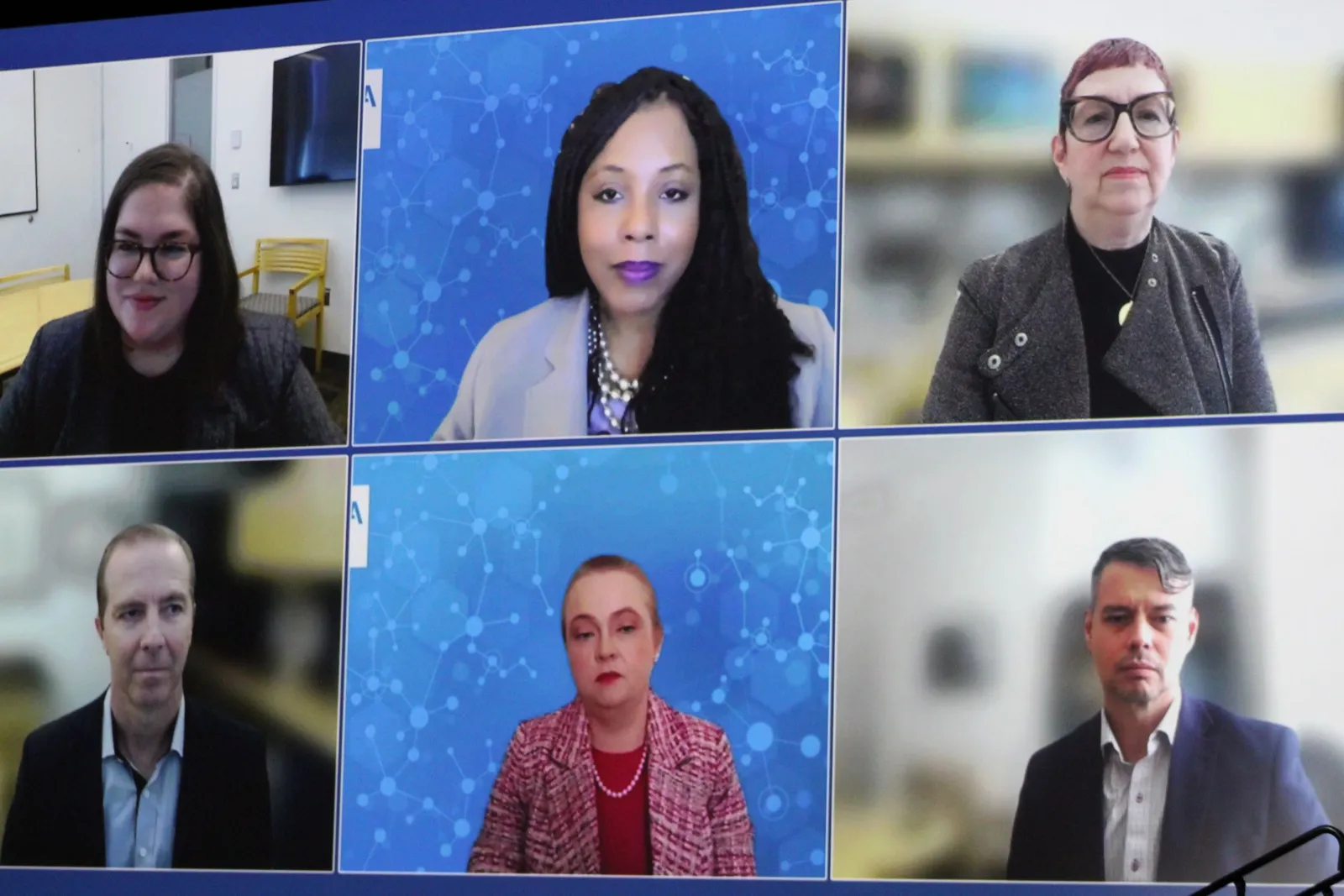
Product safety, AI updates
Tarver provided updates on notable safety efforts at the FDA. The agency recently expanded its early alert program, which started last year under Tarver’s leadership, to communicate recalls to the public more quickly.
The CDRH has also been partnering across the Department of Health and Human Services to incorporate unique device identifiers, or UDIs, as part of standard health data elements for interoperability. This is important because the FDA has added a requirement for most devices to include a UDI in their label, which makes recalls easier to track, but adoption of the system by hospitals and payers has been slow.
Jessica Paulsen, acting deputy director of CDRH’s Digital Health Center of Excellence, provided an update on the center’s AI efforts. Paulsen said the CDRH is working toward a final guidance after issuing a draft in January on AI lifecycle management. The agency is also hosting its second ever digital health advisory committee meeting in November, focused on digital mental health devices that use generative AI.
Owen Faris, deputy center director for regulatory operations, also addressed questions about the FDA’s use of an internal AI assistant, called Elsa. The tool was rolled out across the FDA this summer, to mixed reviews from staff.
“We're being thoughtful and measured. I think there's tremendous potential for use of this tool and iterative versions of it that come down the road,” Faris said. “But we're also making sure that we own our decision making, and we're continuing to exercise our thoughtful scientific review.”


